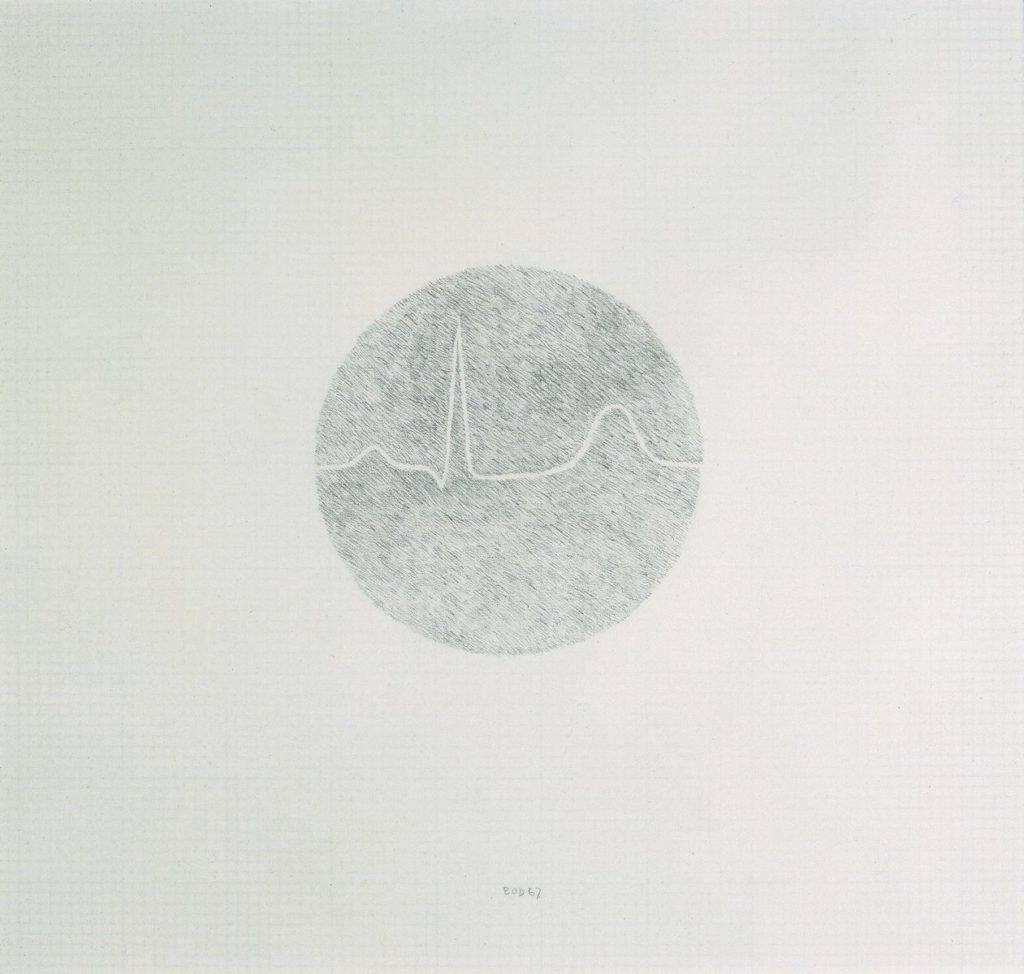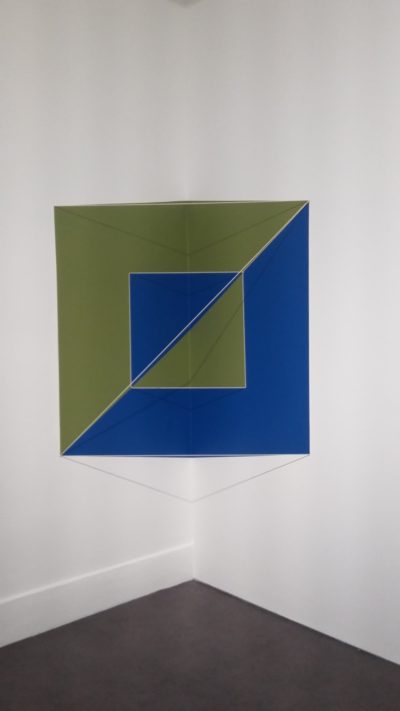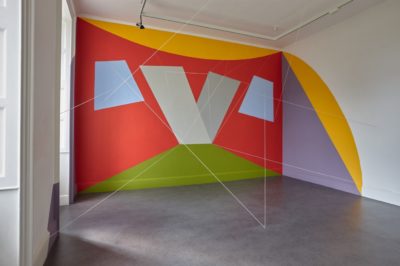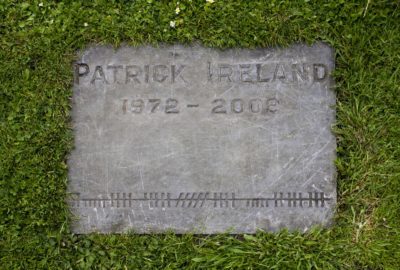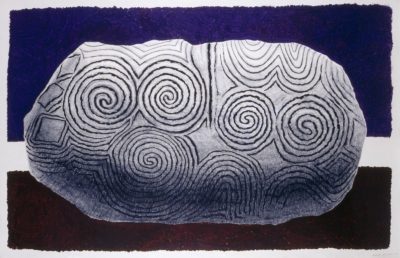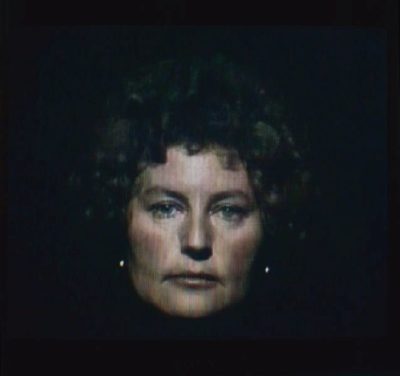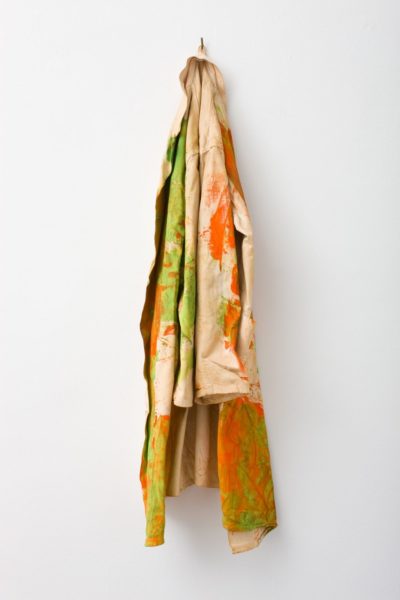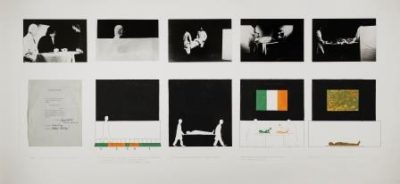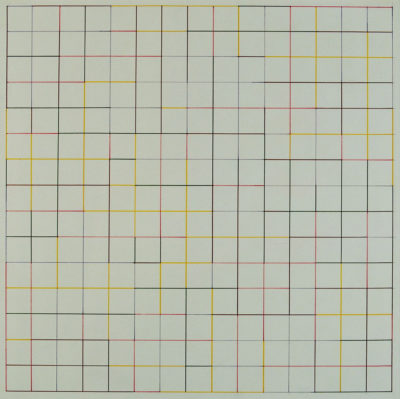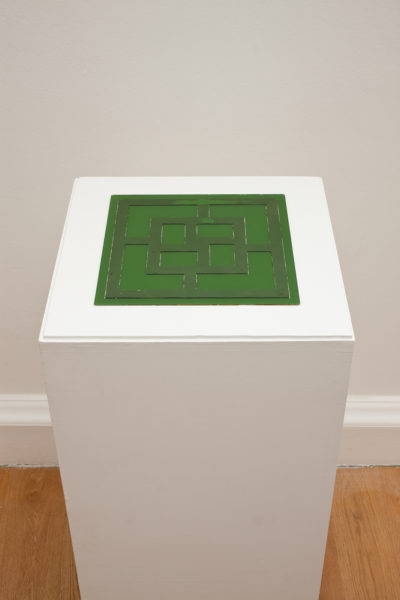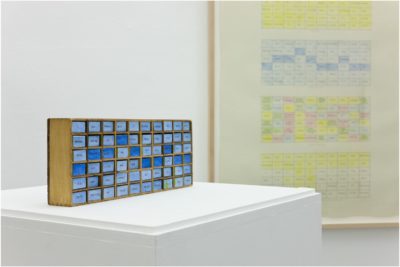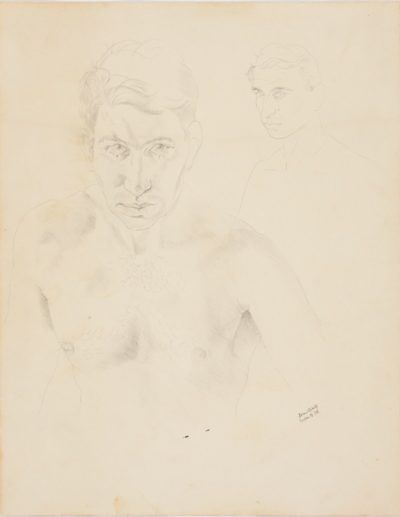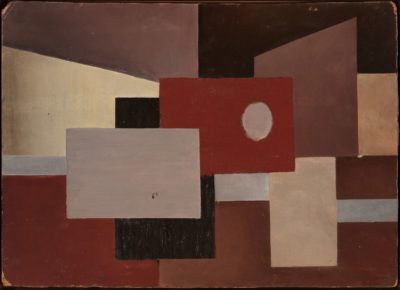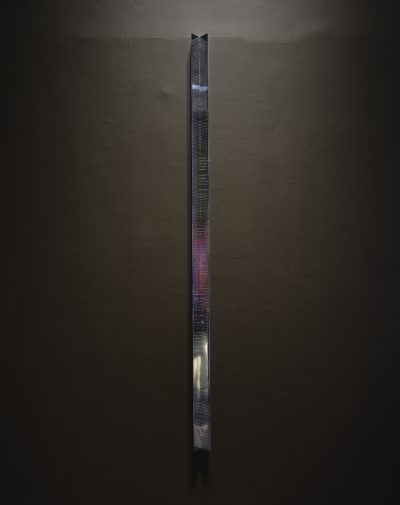Drawing for Portrait of Marcel Duchamp Study for Duchamp Portrait first lead (after cardiogram taken as physician), 1966 - 1967
When Brian O’Doherty created Marcel Duchamp’s portrait in the form of a recording of his heartbeat, he not only paid tribute to a friend and one of the most influential figures of late twentieth century art, but did so in a manner that typified those changes in our perception of art which the ‘sitter’ did so much to bring about: issues of personal identity; time and consciousness; definitions of art; and the subversion of the cult of artistic genius.
O’Doherty, himself as a pioneer of Conceptual art, produced a portrait that is the first of its kind. With all the irony and wit that Duchamp himself appreciated, it was destined to outlive its subject once the artist had ‘animated’ the recording with oscilloscopes. Here was a new and unique kind of portrait, which was a concept of a portrait which ‘represented’ a human being whose identity we could only ascertain by its title. It could be appreciated not only by the eye but also by the ear and the mind. After it was finished Duchamp thanked the artist “from the bottom of [his] heart”*. This drawing is one of an eighteen-part series consisting of oscilloscopes, studies and drawings.
*Quotations from “Duchamp’s Cardiogram” by Brian O’Doherty, ‘Art and Artists, Volume 1, No. 4’, 1966.
| Medium | Pencil on paper |
| Dimensions |
Unframed, 49 x 62 cm Framed, 48.5 x 61 cm |
| Credit Line | IMMA Collection: Donation, Joseph Masheck, 1991 |
| Item Number | IMMA.85 |
| Copyright | For copyright information, please contact the IMMA Collections team: [email protected]. |
| Tags |
